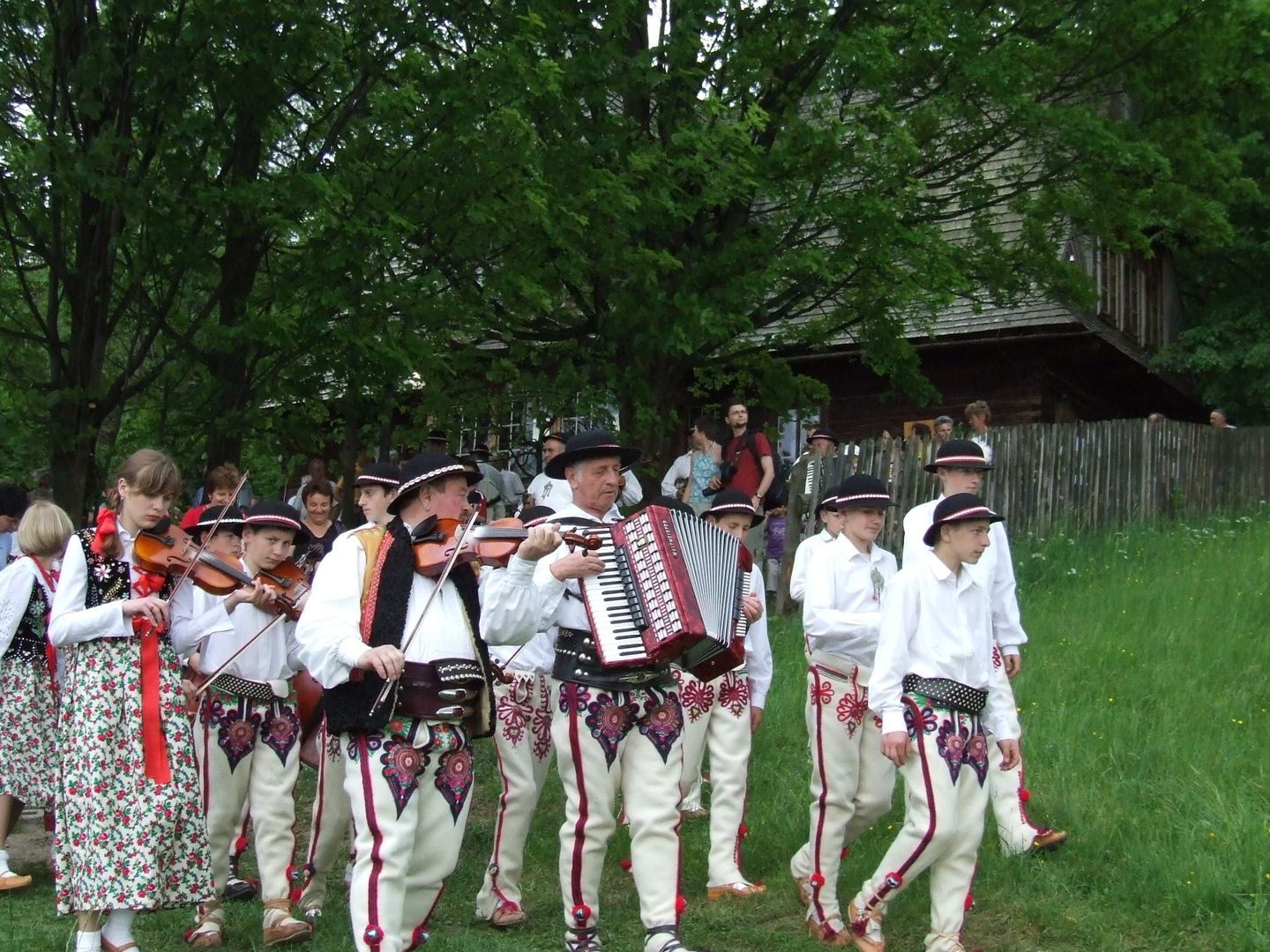Władysław Orkan Biography Museum "Orkanówka" in Poręba Wielka
8.04

Overview
The Władysław Orkan Biographical Museum, also known as Orkanówka, is a picturesque site located in Poręba Wielka in the Gorce Mountains, associated with the life and work of the writer Władysław Orkan. The building, constructed in the Witkiewicz style, was designed by Andrzej Galica, reflecting the influences of Zakopane architecture. Although Orkanówka was built under difficult conditions, it gradually gained significance, and its surroundings—with a large orchard and a sycamore alley planted by Orkan—highlight the charm of the mountain landscape.
The history of this cottage dates back to the early 20th century when Orkan began building a new house after receiving a fee for his book. Initially, it was a place where he led both family and artistic life, but due to financial difficulties and unfavorable weather conditions, the house was never fully completed. After the writer's death, Orkanówka remained in the hands of his family until it was finally sold to the Niedźwiedź municipality in 1973. Since 1979, it has been part of the Władysław Orkan Museum in Rabka, and now serves as a biographical museum, preserving the memory of the writer and his works.
The museum's interiors reflect Orkan's life and the culture of the Zagórze region. The exhibits include both authentic furniture and everyday objects typical of the area, such as tools for processing flax or clay vessels. A notable feature is the kitchen, which houses numerous ethnographic artifacts, as well as the room of Orkan's mother, preserved in its original style. The most important part of the museum is Orkan's study, where the writer created his works, and the living room, which hosts exhibitions dedicated to his literary output.
Orkanówka is also a venue for cultural events, such as spring picnics, which provide an opportunity to showcase regional traditions. Surrounded by the beautiful landscapes of the Gorce Mountains, the museum has become not only a monument to local history but also an important point on the cultural map of Lesser Poland, attracting tourists and literature enthusiasts. The presence of a sculpture of Władysław Orkan at the museum's entrance and a chapel along the sycamore alley emphasize the spiritual and historical value of this place, which continues to live on in the memory of its famous resident.
Location
2025 Wizytor | All Rights Reserved